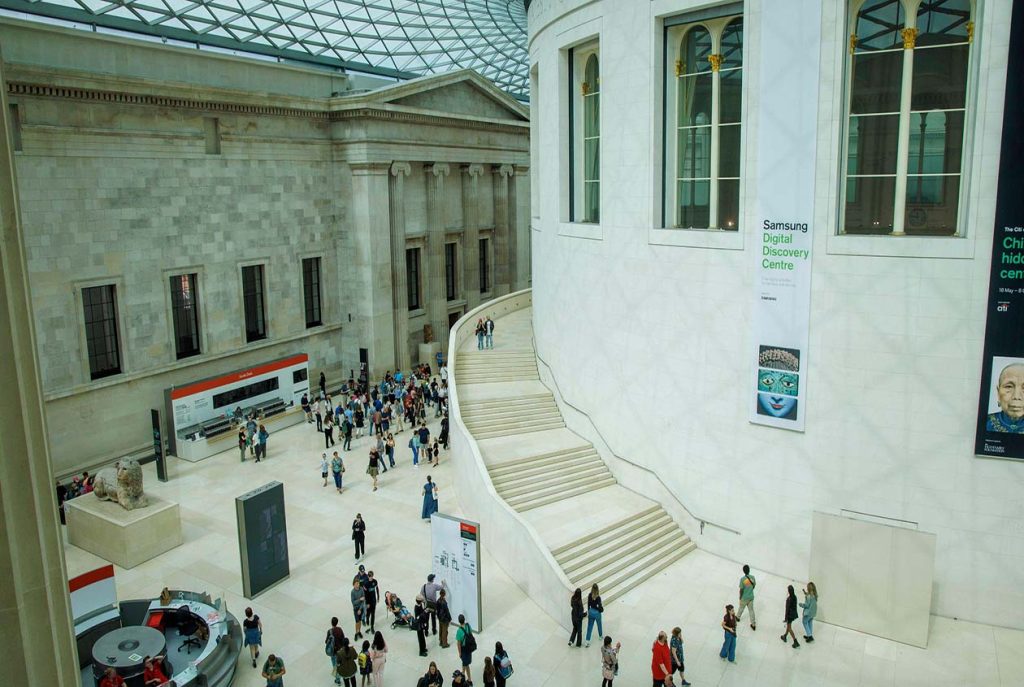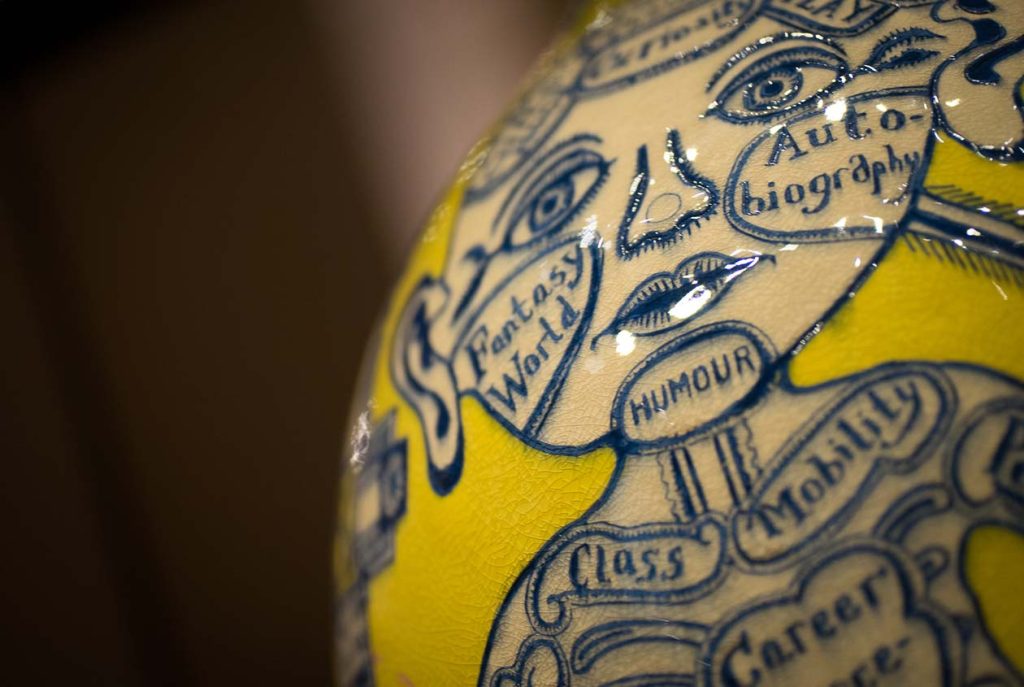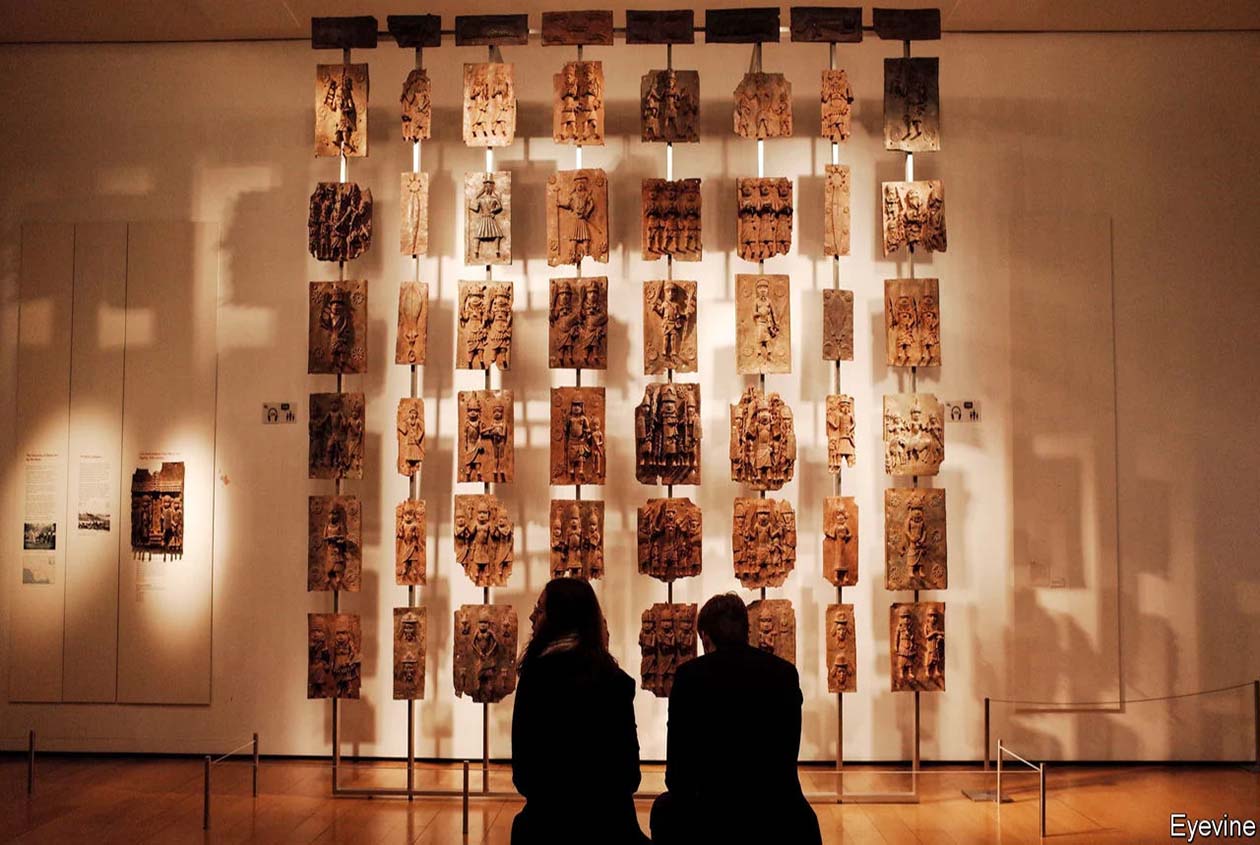I have had the privilege of visiting numerous museums across the globe. However, one institution stands out above the rest in terms of its sheer magnitude, historical significance, and the treasure trove it houses – the British Museum in London. I will share my personal experiences and insights about this iconic museum, focusing on three of my favorite artifacts and four must-see recommendations. I’ll also provide detailed information about services, advantages, drawbacks, location, routes, discounts, ticket prices, and my overall recommendation score, all from my firsthand perspective.
Chapter 1: Discovering the British Museum

1.1 Historical Overview
The British Museum, located in the heart of London, is one of the world’s oldest and most prestigious museums. It was established in 1753 and opened its doors to the public in 1759. Sir Hans Sloane’s collection of books, manuscripts, and curiosities formed the foundation of the museum, and it has since grown into a vast repository of human history and culture.
1.2 Location
The British Museum is situated in Bloomsbury, London, WC1B 3DG, United Kingdom. Its central location makes it easily accessible by public transport, including the London Underground.
1.3 Routes to the Museum
- By Tube: The nearest underground stations to the British Museum are Tottenham Court Road (Central and Northern lines) and Holborn (Central and Piccadilly lines). Both stations are within a 10-minute walk of the museum.
- By Bus: Numerous bus routes serve the area, making it convenient for those who prefer traveling by bus.
1.4 Admission Fees and Discounts
The museum offers free admission to its permanent collection, which is a significant advantage for budget-conscious travelers. However, special exhibitions may have admission fees. As of my last visit in 2021, the museum operated with suggested donations, allowing visitors to contribute if they wished.
1.5 Booking Platforms
While the British Museum does not require advanced booking for general admission, booking platforms such as their official website can provide helpful information about special exhibitions, guided tours, and events.
Chapter 2: My Top Three Favorite Artifacts
Now, let’s delve into my personal favorites from the British Museum’s extensive collection.
2.1 The Rosetta Stone
The Rosetta Stone, dating back to 196 BC, is undoubtedly one of the museum’s most iconic artifacts. It played a pivotal role in deciphering ancient Egyptian hieroglyphs and allowed scholars to unlock the mysteries of Egypt’s rich history.
2.1.1 Detailed Description
The Rosetta Stone is a dark-gray granite slab inscribed with a decree issued at Memphis in 196 BC on behalf of King Ptolemy V. The decree is inscribed in three scripts: Greek, Demotic (a form of Egyptian script), and hieroglyphs. This trilingual inscription was key to understanding hieroglyphic writing.
2.1.2 My Impressions
Standing before the Rosetta Stone is an awe-inspiring experience. It is not only historically significant but also visually captivating. The stone’s size and the intricate inscriptions make you appreciate the dedication of ancient scribes. I found myself marveling at the idea that this single artifact had unlocked the secrets of an entire civilization’s writing system.
2.2 The Elgin Marbles (Parthenon Sculptures)
The Elgin Marbles, also known as the Parthenon Sculptures, are a collection of classical Greek marble sculptures and architectural elements. They were once part of the Parthenon temple in Athens and were brought to Britain by Lord Elgin in the early 19th century.
2.2.1 Detailed Description
This collection includes magnificent statues, friezes, and metopes that once adorned the Parthenon. They depict scenes from Greek mythology, such as the Panathenaic Procession and the battle between the Lapiths and Centaurs.
2.2.2 My Impressions
The Elgin Marbles are a testament to the skill and artistry of ancient Greek sculptors. Seeing these masterpieces up close is an experience like no other. The detailed carving and exquisite craftsmanship transport you back in time to the height of Athenian civilization. I couldn’t help but be moved by the beauty and historical significance of these sculptures.
2.3 The Egyptian Mummies
The British Museum boasts an exceptional collection of Egyptian mummies, providing a fascinating glimpse into ancient Egyptian burial practices and beliefs about the afterlife.
2.3.1 Detailed Description
The museum houses a diverse array of mummies, coffins, and funerary artifacts, each with its own unique story. These mummies range from ordinary citizens to high-ranking officials and even animals.
2.3.2 My Impressions
Walking through the Egyptian galleries and seeing the mummies is a haunting yet captivating experience. The attention to detail in the mummification process is both eerie and intriguing. It’s a powerful reminder of the ancient Egyptians’ deep spiritual beliefs and their desire for immortality. The mummies and their accompanying artifacts provide a tangible connection to a civilization that existed thousands of years ago.
Chapter 3: Four Must-See Recommendations
Now that I’ve shared my personal favorites, let’s explore four additional treasures that should not be missed during your visit to the British Museum.
3.1 The Sutton Hoo Ship Burial
The Sutton Hoo Ship Burial is an archaeological marvel that offers a glimpse into the world of early medieval England. It was discovered in Suffolk and dates back to the 7th century.
3.1.1 Detailed Description
The burial site includes a reconstructed ship burial with a treasure trove of artifacts, including the famous Sutton Hoo helmet, golden jewelry, and ceremonial items. These artifacts shed light on the culture and society of the Anglo-Saxons.
3.1.2 My Impressions
The Sutton Hoo Ship Burial is a hidden gem within the British Museum. The intricate craftsmanship of the artifacts is astounding, and the historical significance of the find is profound. It’s a window into a lesser-known period of British history and a testament to the skill and artistry of the early Anglo-Saxons.
3.2 The Egyptian Book of the Dead
The British Museum houses an impressive collection of ancient Egyptian papyri, including several versions of the “Book of the Dead.”
3.2.1 Detailed Description
The “Book of the Dead” was a funerary text that guided the deceased through the afterlife. The museum’s collection includes beautifully illustrated papyri with spells, prayers, and depictions of the journey to the afterlife.
3.2.2 My Impressions
The Egyptian Book of the Dead is a mesmerizing glimpse into the beliefs and rituals surrounding death in ancient Egypt. The vibrant illustrations and hieroglyphs offer a profound understanding of how the Egyptians prepared for the afterlife. It’s a testament to the enduring human fascination with the mysteries of life and death.
3.3 The Lewis Chessmen
The Lewis Chessmen are a set of elaborately carved chess pieces dating back to the 12th century. They were discovered on the Isle of Lewis in Scotland.
3.3.1 Detailed Description
The chessmen include
intricately carved figurines representing kings, queens, bishops, knights, and other pieces. They are carved from walrus ivory and whale teeth, showcasing remarkable craftsmanship.
3.3.2 My Impressions
The Lewis Chessmen are a testament to the universal appeal of chess and the artistry of the medieval craftsmen who created them. These miniature sculptures are exquisitely detailed and a testament to the craftsmanship of the time. They provide a fascinating insight into medieval pastimes and cultural exchange.
3.4 The Rosetta Vase

The Rosetta Vase, while less famous than the Rosetta Stone, is a remarkable artifact in its own right.
3.4.1 Detailed Description
The Rosetta Vase is a stunning example of Roman cameo glass. It features intricate relief carvings depicting a procession of Egyptian deities and mortals. The vase was created during the Roman Empire’s heyday.
3.4.2 My Impressions
The Rosetta Vase is a testament to the artistry and skill of Roman craftsmen. The intricate details and the use of glass to depict complex scenes are truly remarkable. It’s a reminder of the Roman Empire’s fascination with Egyptian culture and their ability to incorporate diverse influences into their art.
Chapter 4: Services, Advantages, and Drawbacks
Before planning your visit to the British Museum, it’s essential to consider the services, advantages, and drawbacks that come with the experience.
4.1 Services
- Guided Tours: The museum offers guided tours that provide in-depth insights into its collections and history. These tours are a great way to enhance your visit.
- Educational Programs: The British Museum hosts a variety of educational programs and workshops for visitors of all ages.
- Dining Options: There are several cafes and restaurants within the museum, offering a range of dining choices.
- Gift Shops: The museum’s gift shops offer a wide selection of books, replicas, and souvenirs related to the exhibits.
4.2 Advantages
- Free Admission: The British Museum offers free entry to its permanent collection, making it accessible to all visitors.
- Vast Collection: The museum’s collection spans thousands of years and a multitude of cultures, providing a comprehensive overview of human history.
- Central Location: The museum’s central location in London makes it easy to incorporate into a day of sightseeing.
4.3 Drawbacks
- Crowds: The British Museum can get extremely crowded, especially during peak tourist seasons. To avoid crowds, consider visiting during off-peak hours.
- Limited Time: Due to its immense size, it’s impossible to see everything in one visit. Prioritize the exhibits that interest you the most.
Chapter 5: My Recommendation Score
Based on my personal experiences and insights, I would rate the British Museum as a must-visit destination for anyone interested in history, art, and culture. Here’s a breakdown of my recommendation score:
- Cultural Significance: 10/10 – The British Museum houses some of the world’s most important cultural treasures.
- Historical Significance: 10/10 – The museum’s history and the artifacts it contains are of unparalleled importance.
- Visitor Experience: 8/10 – While the experience can be marred by crowds, the museum’s offerings make it worth the visit.
- Accessibility: 9/10 – Its central London location and public transport options make it highly accessible.
- Educational Value: 10/10 – The British Museum offers a wealth of educational opportunities.
- Overall Recommendation: 9/10 – I highly recommend visiting the British Museum to explore the world’s most precious cultural treasures.
The British Museum is a remarkable institution that houses a wealth of historical and cultural treasures. From the iconic Rosetta Stone to the lesser-known gems like the Sutton Hoo Ship Burial, this museum offers a journey through time and across civilizations. While it may have its drawbacks, such as crowds, the overall experience is a rewarding one for any traveler with an interest in the richness of human history. So, if you find yourself in London, do not miss the opportunity to explore the British Museum and uncover the world’s most precious cultural treasures.



